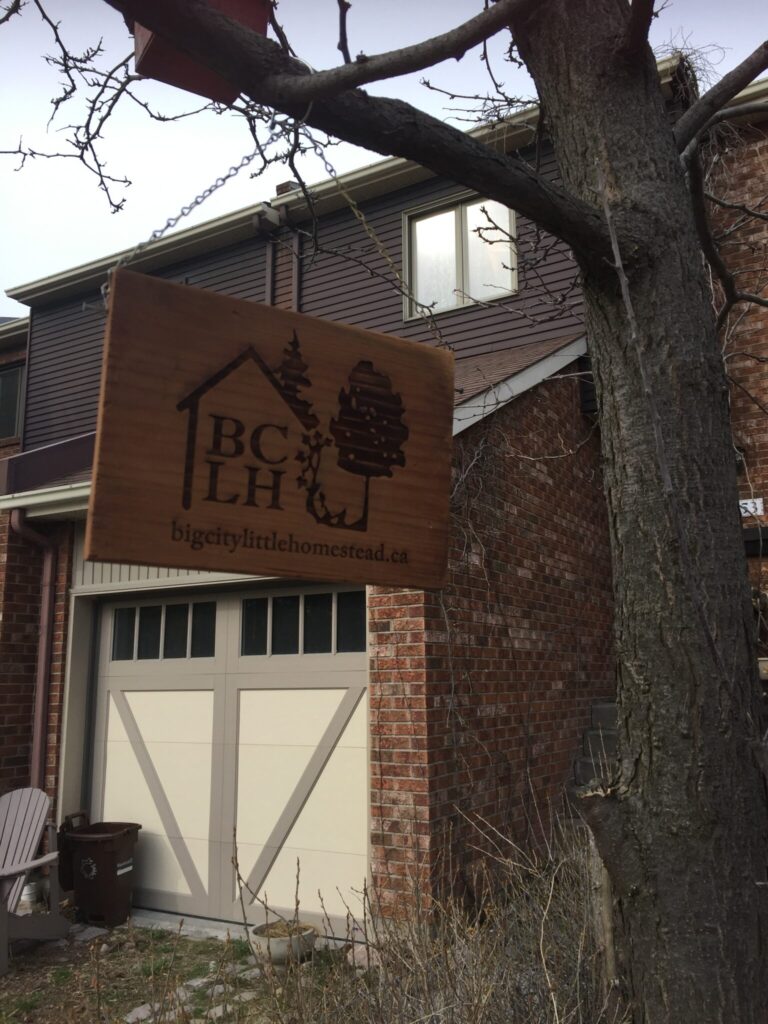Back in 2012 when I first started blogging, I had plans for a “SPIN farm” (Small Plot INtensive). Before getting on to this year’s bragging (about how “bounteous” it is), I’m gonna talk about that initial failure:

Initial garden failures, and the start of harvesting
My ambitious SPIN farm plan (above) didn’t pan out. After expecting to blog every week about how my garden grew, I met with total failure. Like, almost everything failed. (It was overcrowded to begin with.) How embarrassing.
What didn’t grow at all, or was quickly lost: peppers, garlic, dill, mint, pole beans, carrots, chard, beets, cavolo.
After adding new soil to the box section intended for salad — stolen by small birds and animals — the perimeter defence wasn’t good enough. The sparrows were coming in from the top. So I chicken-wired the lot!
Many tomato seedlings sprung up, so when the section intended for chard, beets, and spinach failed, I put the tomatoes in. I feel like, if they have enough sun, tomatoes can thrive anywhere. The rocket (arugula) also did well, scattered in the plot.




A 12″ deep above-ground planter box, originally meant for carrots, was good for nothing except two plantain weeds for my rabbits. Even when I transplanted lettuce there – capped with a glass shelf to deter the birds – it still failed. All my lettuce sprouts died or got stolen no matter where I transplanted them, and it was really frustrating.
I came to admit that none of my cucurbits would be producing any squash, watermelon (they didn’t survive – it’s a mystery what happened), or pumpkins that year, except for one cucumber plant in the front yard that wasn’t even for pickling. (I should have eaten the flowers all along.) Here is the seasonal progression:



And the beautiful cucumbers in the back yard that made up for a dismal start? They got cucumber wilt, a bacterial disease transmitted by cucumber beetles. I wrote a paper on it only last year. (The paper is a dry synthesis of a lot of information out there. It’s useful to the organic farmer planting a good couple of rows of cucurbits.)
The first fruits of the garden – not counting a handful of curly yellow beans – were these delicious cherry tomatoes. At least they produced a respectable harvest, and the small Roma plants, too. Here are photos of the garden from when the drought finally ended:




Rabbit attacks

I’ve mentioned one failure due to rabbit attack (see one caption above). Every day, I put the rabbits out if they showed the least bit of interest. The girls usually did. Kaori was my confident lady. Elizabeth was in a different way — as an escape artist that finally understood the concept of herding. Kaori just trusted that the world wasn’t scary a place, and she could do no wrong, because she hardly ever did. Except she decided to get into eating the pepper plants. Here she was chomping down on a pepper plant just as I took this photo. I picked her up and put her down in a different part of the yard.
(I lost both girls last year, Kaori to the indignities of old age, and Elizabeth to misadventure. They are missed.)
Thus was my 2012 garden adventure. Other gardens nearby were lusher, and so I made plans for what I would do differently in 2013 onward. This is what I wanted: a proper fence down the meridian of the front yard, and a rain barrel with a seeping hose so that I can better serve the water needs of my front garden. The back garden wanted lots of compost enrichment, soil testing in the spring, liming it, and getting things better prepared earlier in the season. But mostly, it wanted light. I stopped trying to grow anything in the ground there..

Now on to this year’s success
When I installed the green driveway in April, I did two more things to benefit my garden: I installed an irrigation field (also known as an infiltration gallery) from the downspout, so that rainwater could be stored and percolate into my front yard. I also had a box garden installed, 1′ wide and all along the length of the fence down the middle of the shared yard — about 24′ long (you can see the pics at the link above). In it and elsewhere, I planted many, many vegetables—and they’ve done so well, I have to share photos!












Biggest year ever.

I would be remiss to not mention the ground cherries. I bought many of these plants as seedlings from the company that helped me with the driveway work, and they specialize in urban potagers. So compared to starting things from seed, it’s greater expense, but it’s a jump on the growing season. The reward: I have quite a large bush of them this year.
But there is one other factor about this incredible growth and harvest: I applied a lot of chemical fertilizer this year. In previous years, it was only compost. I’m a little disappointed that it seems to be such a necessity, but it definitely has something to do with how much there is to harvest.




0 Comments
5 Pingbacks